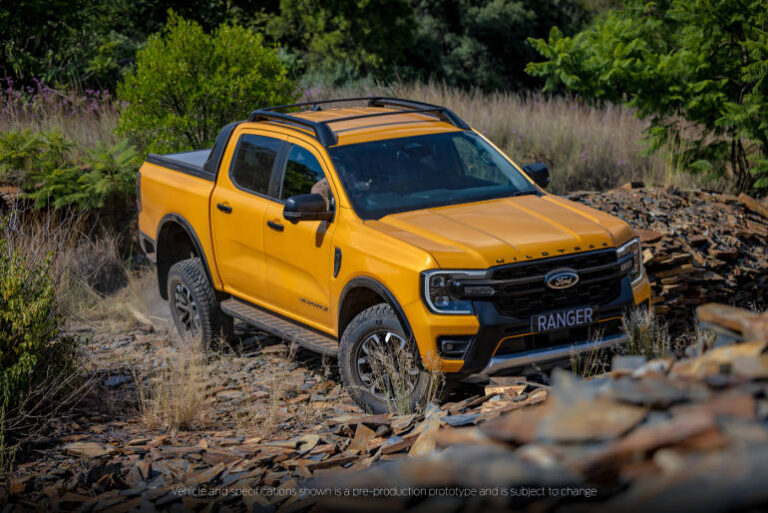The Federal Chamber of Automotive Industries (FCAI) has announced record-breaking new vehicle sales for 2024, with a total of 1,220,607 vehicles sold, surpassing the previous best. However, the industry remains cautious about 2025 due to economic and political uncertainties.
A Record Year, But Concerns Loom
December’s VFACTS results revealed a 2.7% drop in sales compared to December 2023, with 95,895 new vehicles sold. Despite this dip, strong sales in the first half of 2024 contributed to the annual milestone. FCAI Chief Executive Tony Weber commented, “The second half of the year showed a concerning trend with sales in the private segment falling to very low levels as interest rates and general cost of living pressures impacted Australian families.”
Weber noted shifting consumer preferences toward environmental sustainability and total cost of ownership as critical factors. While battery electric vehicle (BEV) sales were lower than anticipated, hybrids and plug-in hybrids gained traction, accounting for 14.1% and 1.9% of the market, respectively.
Challenges with Low-Emission Vehicle Uptake
Weber highlighted the challenges of meeting the New Vehicle Efficiency Standard (NVES) targets, which took effect on 1 January 2025. “Many vehicles in the SUV and light commercial segments are difficult or expensive to decarbonise, posing significant challenges to meeting ambitious targets,” he said.
He warned that current customer preferences could lead to substantial NVES penalties, resulting in price inflation across the market. “Governments around the world have set regulations that are ahead of available zero-emissions technologies, impacting both car makers and consumers,” he added.
Calls for Policy Support and Infrastructure Investment
Weber urged the Commonwealth Government to reinvest NVES penalties into EV recharging infrastructure and extend incentives like the FBT exemption for plug-in hybrids, set to expire in April 2025. He stressed, “If consumers do not want, cannot afford, or cannot find new low-emission vehicles that meet their needs, no amount of effort from governments and car makers will make a difference.”
Top Performers and Market Trends
Toyota maintained its dominance, achieving a 19.8% market share for the year, with December sales of 18,657 units. Ford and Mazda followed, securing 8.2% and 7.9% market shares, respectively. The Toyota RAV4 emerged as the best-selling vehicle in December, with 5,119 units sold, a 133.5% increase compared to the previous year.
Weber concluded on an optimistic note, stating, “New car buyers can look forward to an increasing range of vehicles with advanced specifications and technologies in 2025.”
Regional Variations in Sales
Sales declines were noted across most states, with South Australia seeing a 13.5% drop and Queensland a 4.4% decrease. In contrast, Western Australia bucked the trend, recording a 9.2% increase in December 2024 sales.
Looking Ahead
While the record sales in 2024 reflect strong market dynamics, economic pressures and stringent environmental targets present hurdles for 2025. The industry and government must collaborate to support infrastructure development and consumer adoption of low-emission vehicles to maintain growth.







